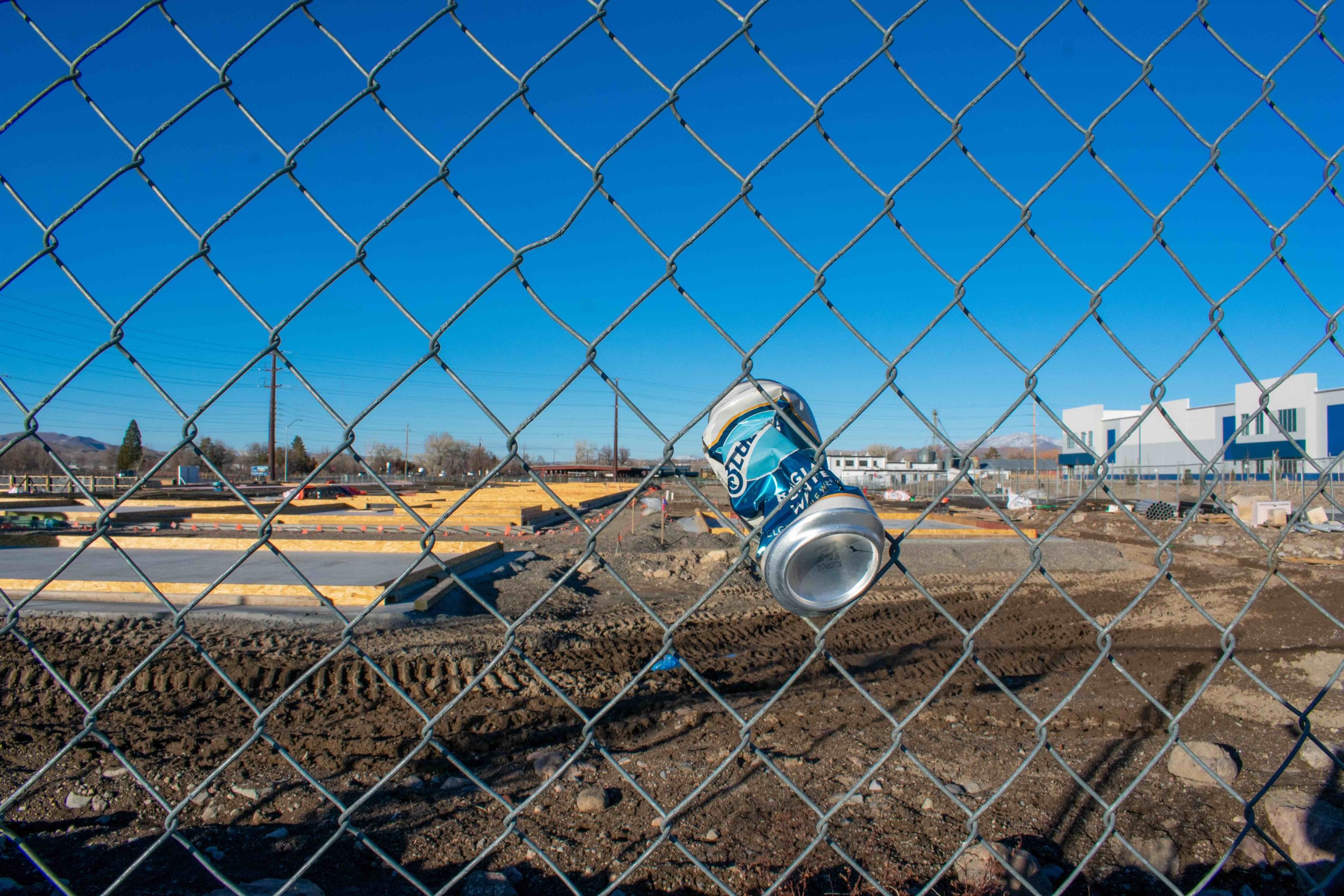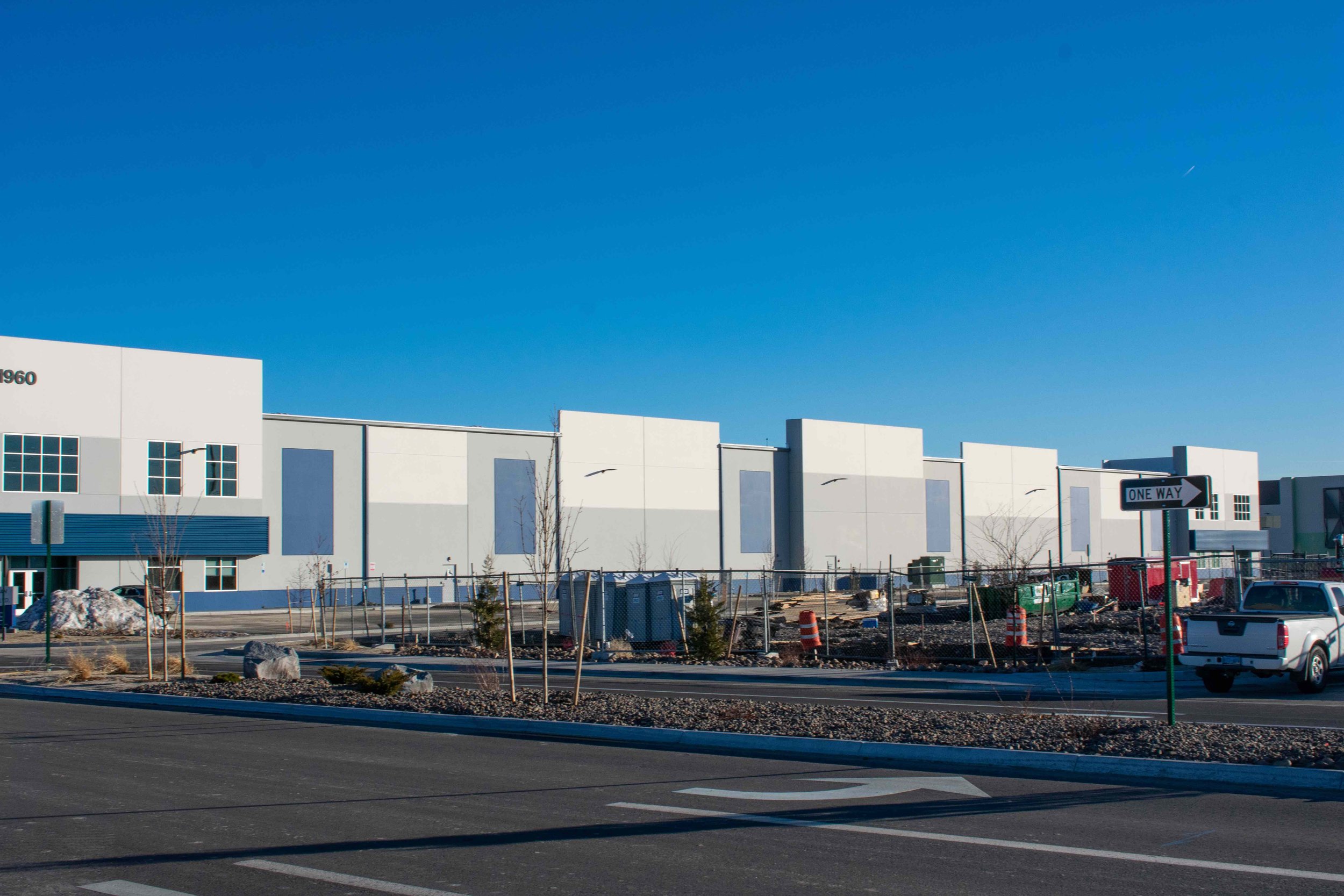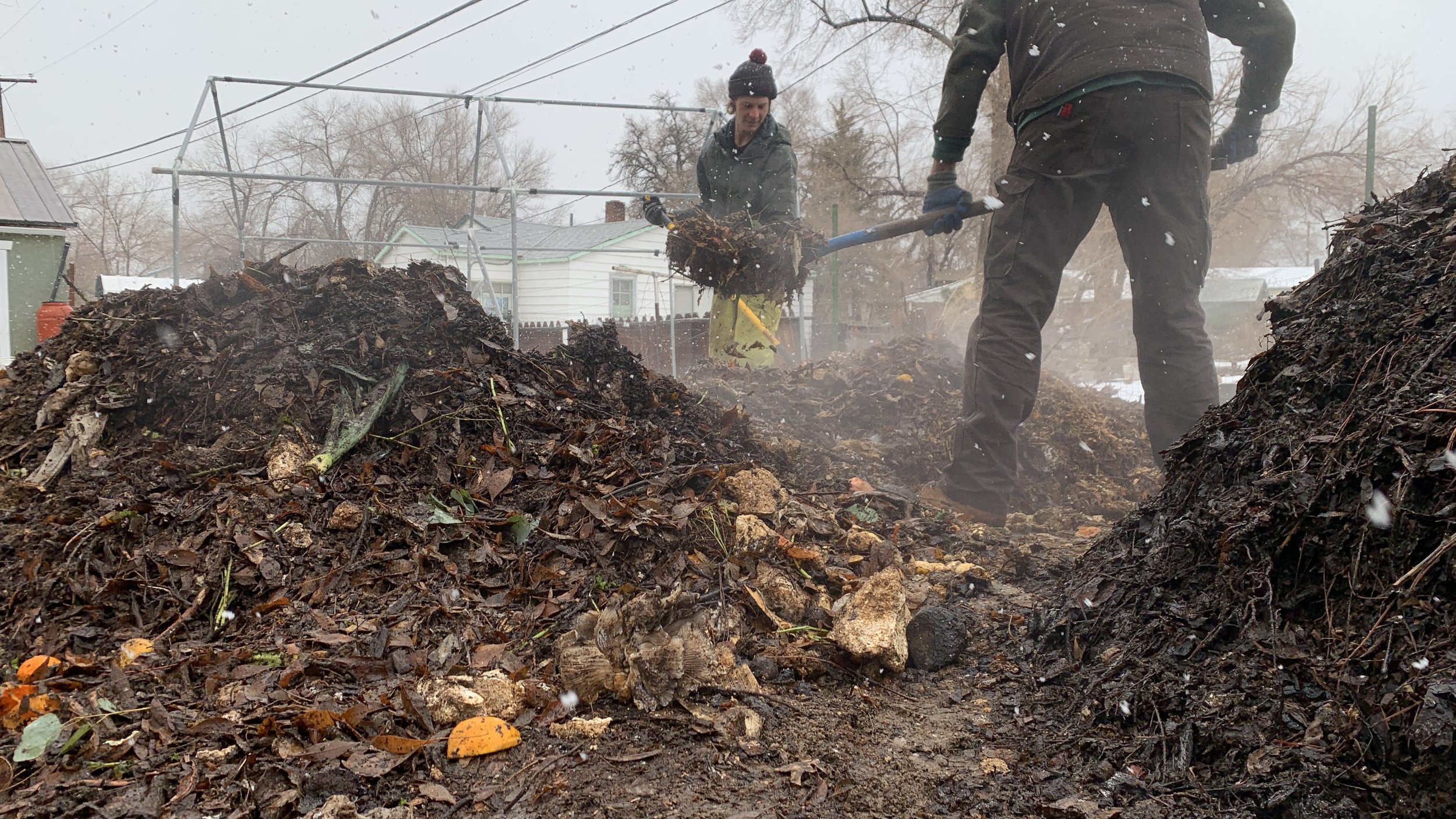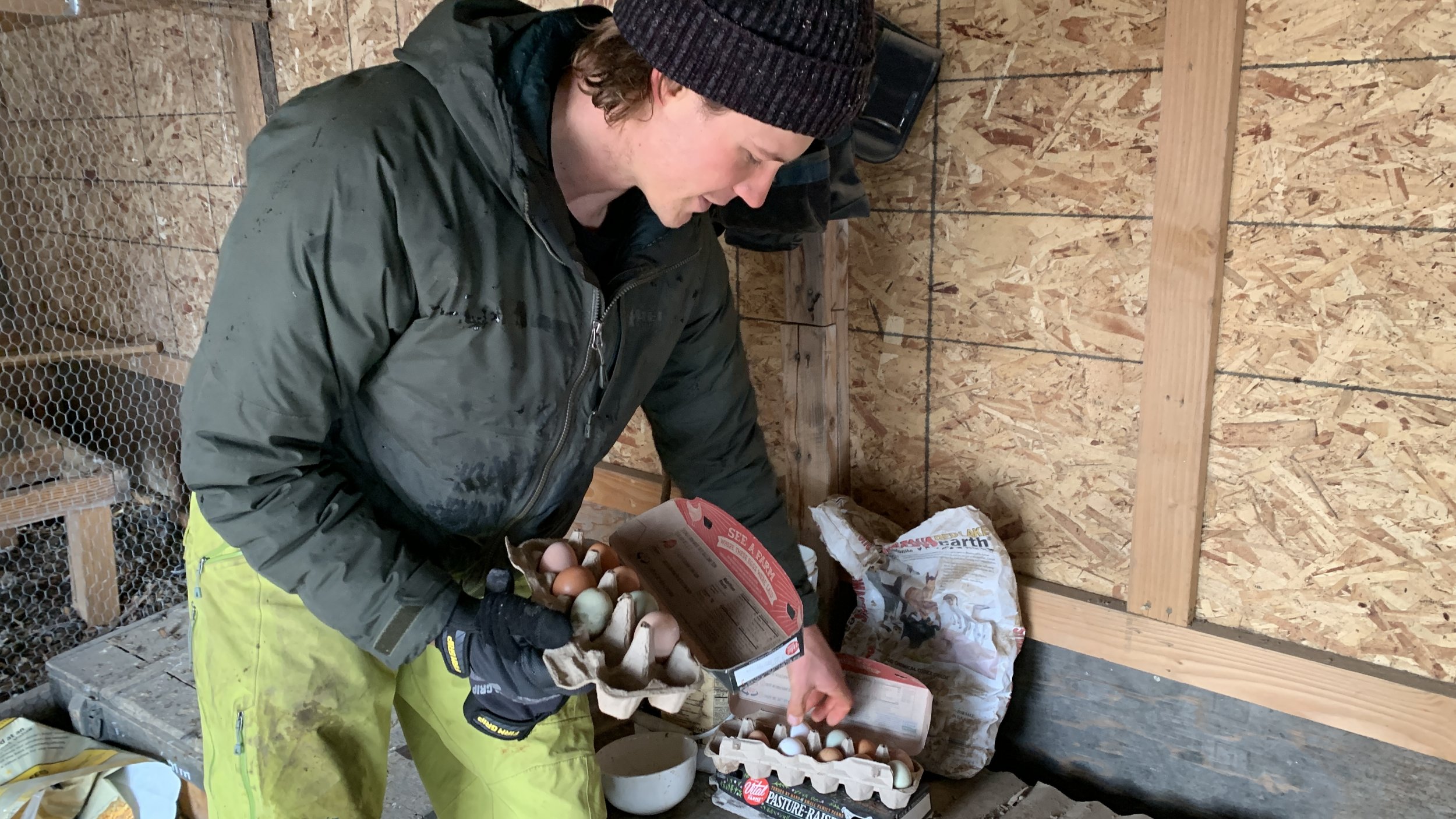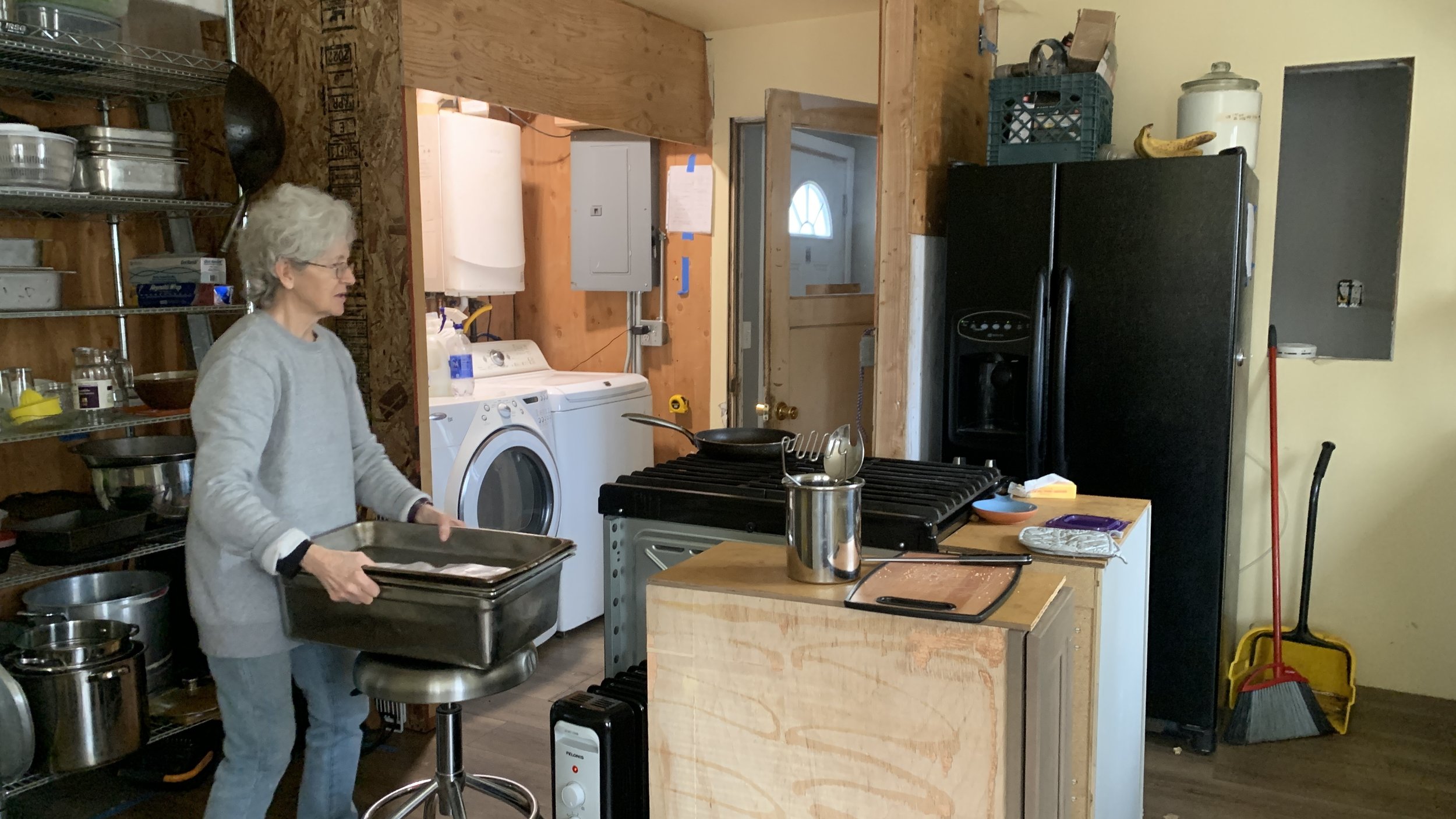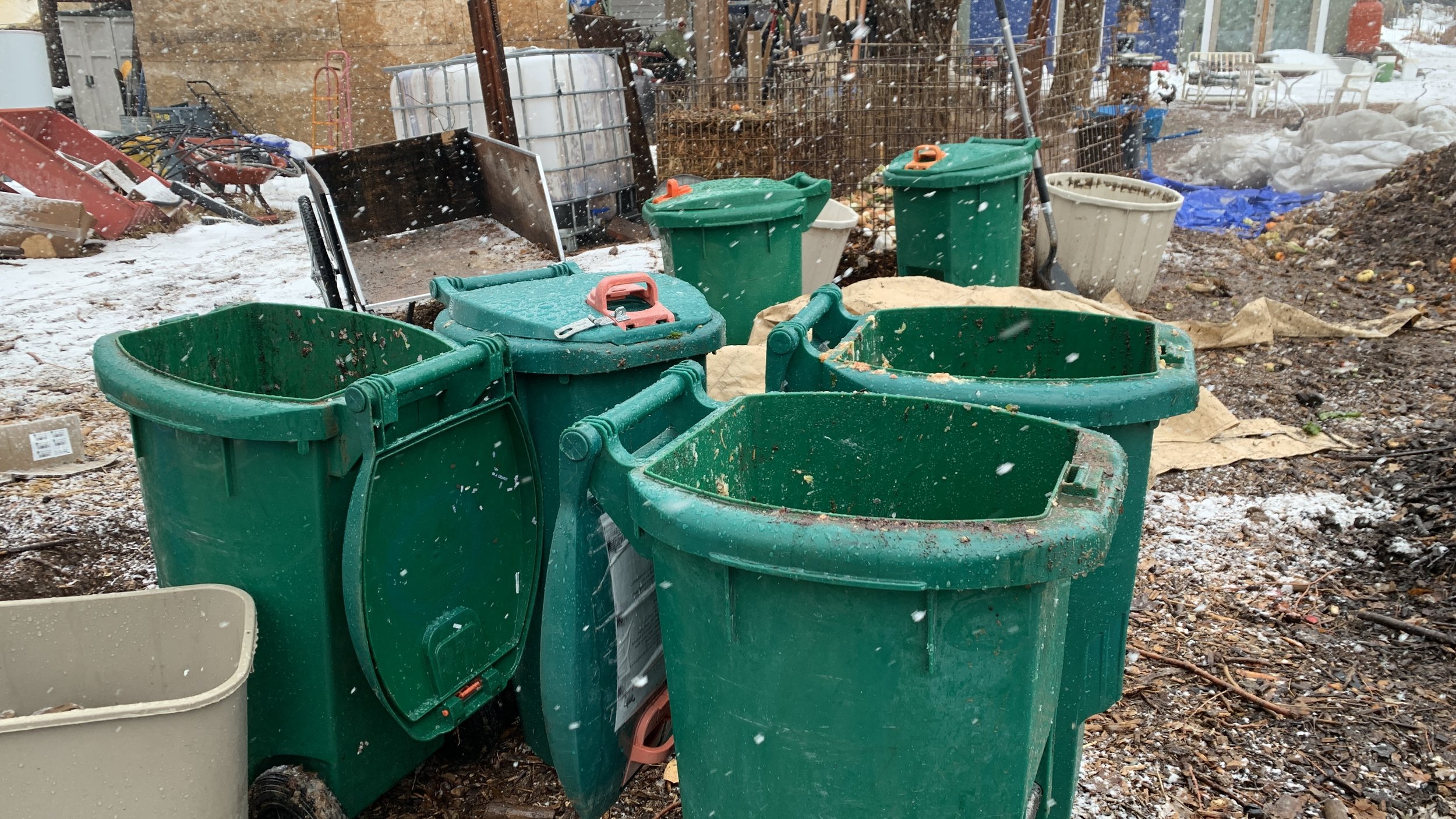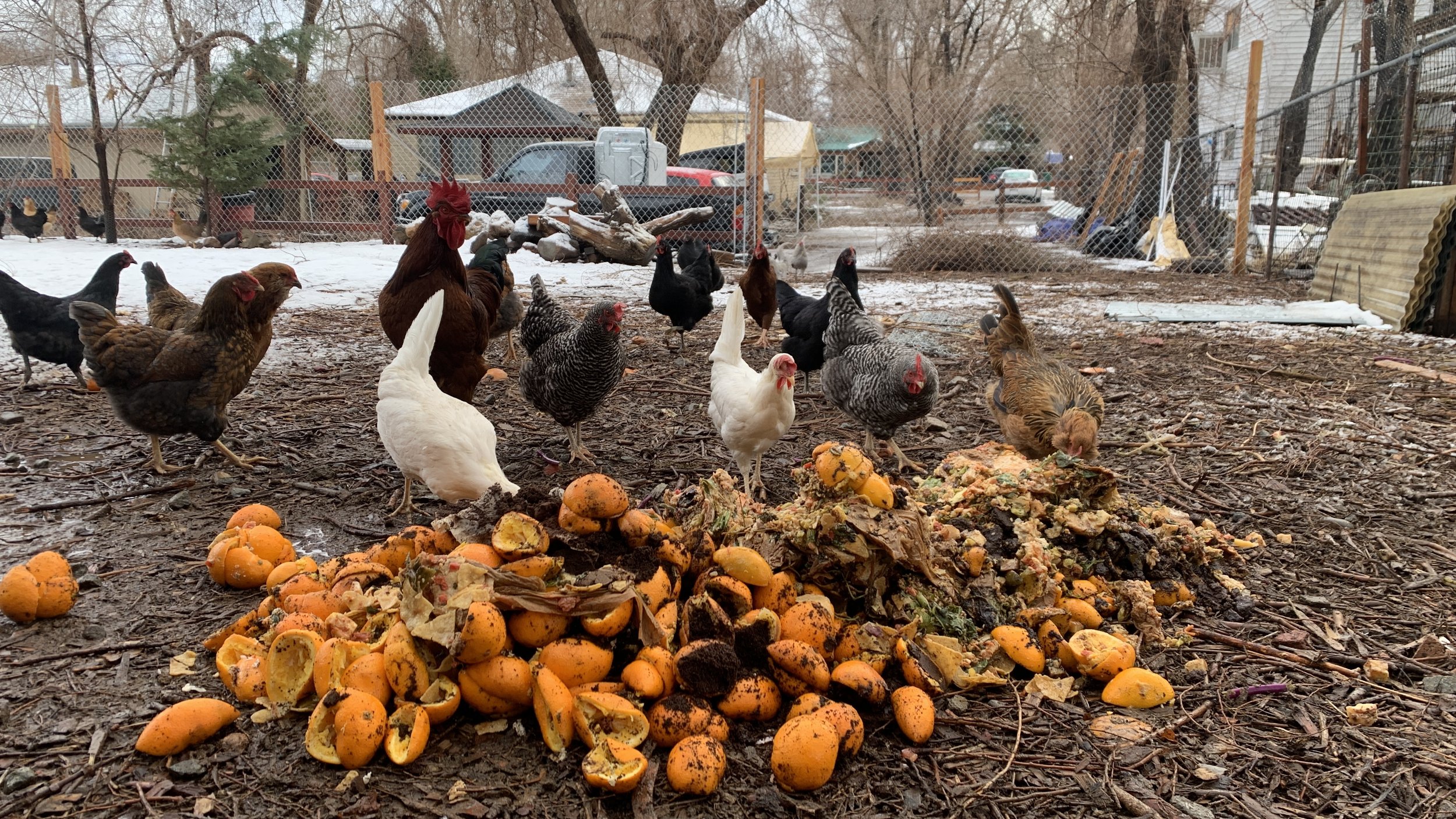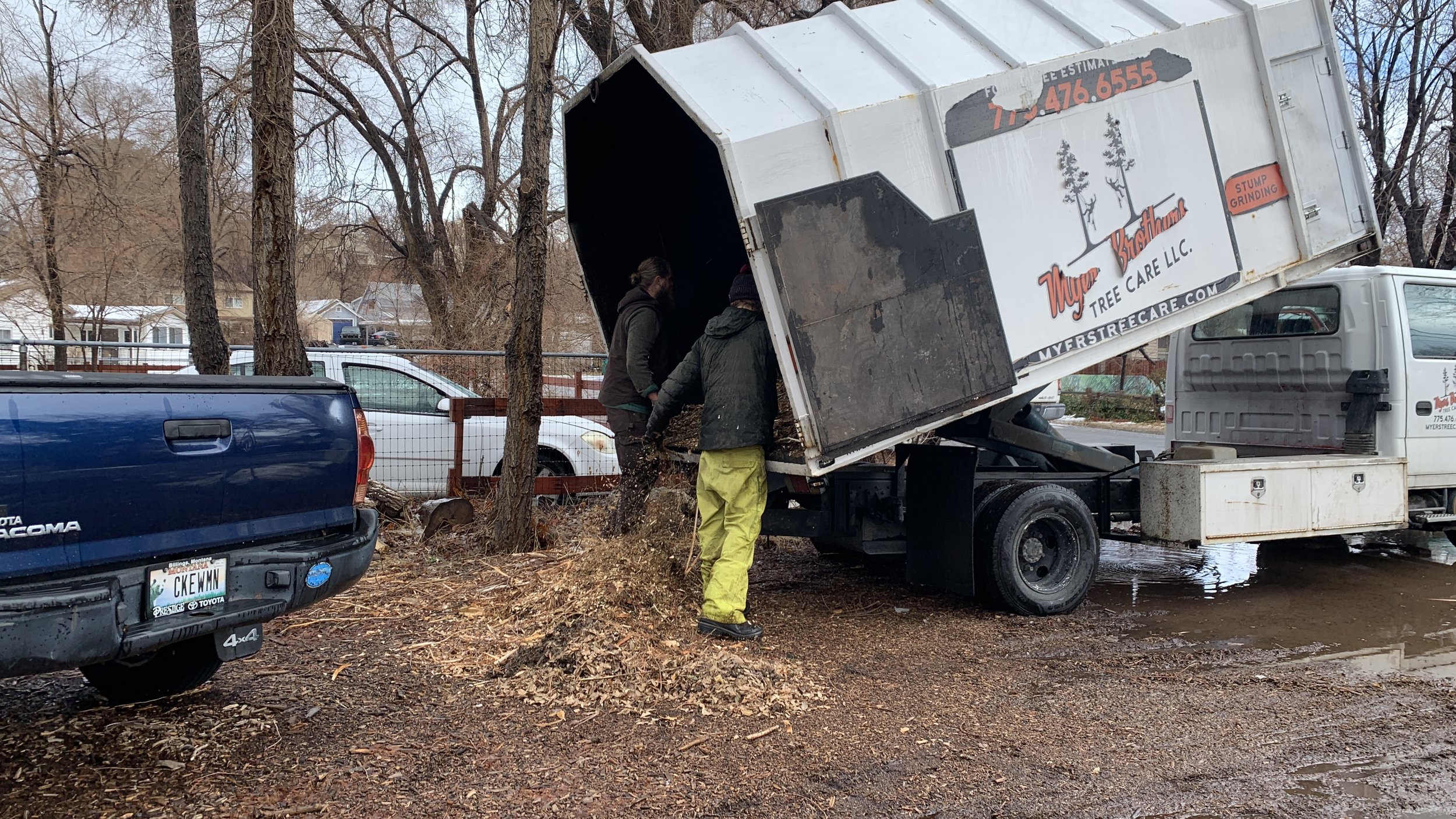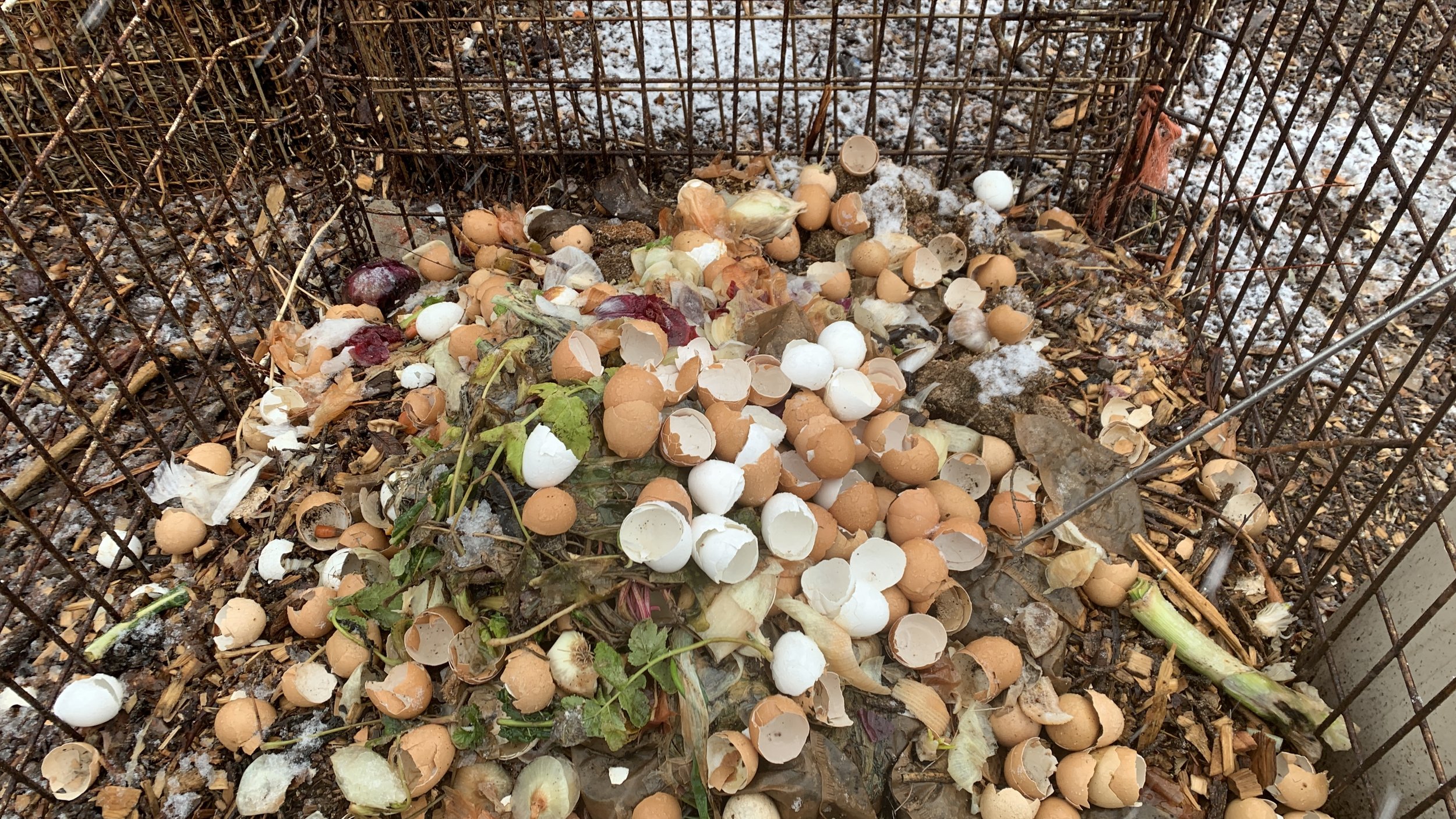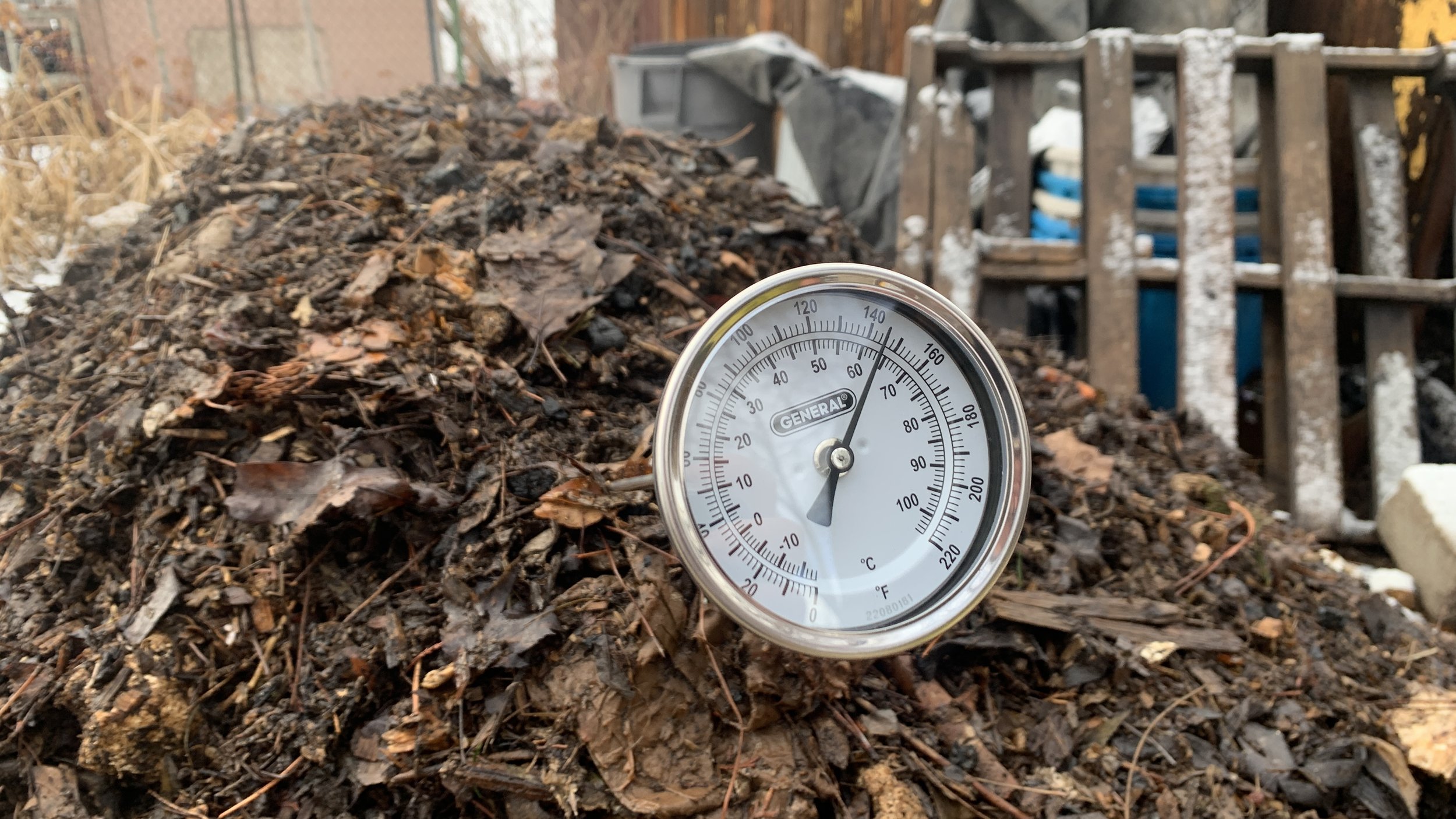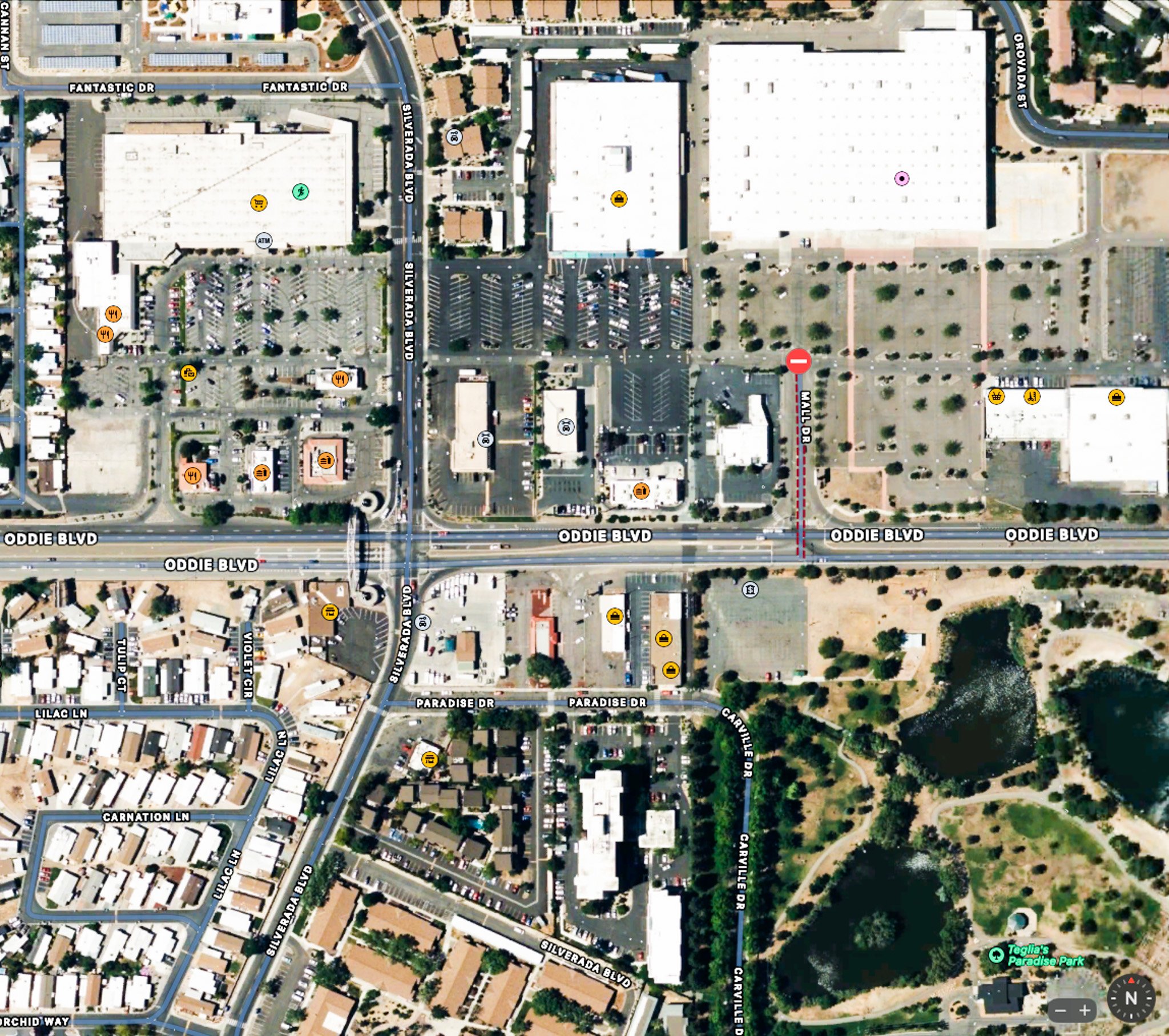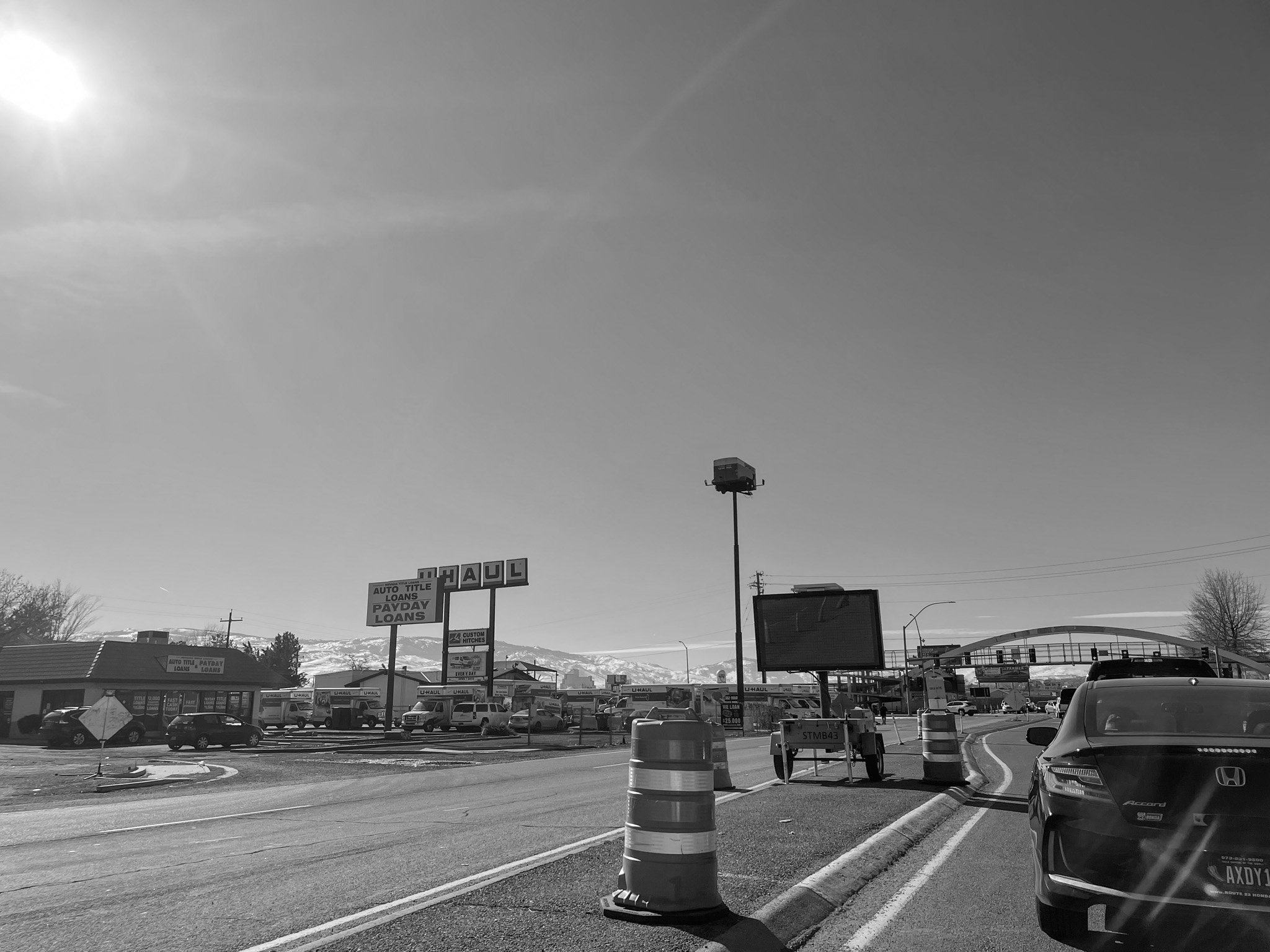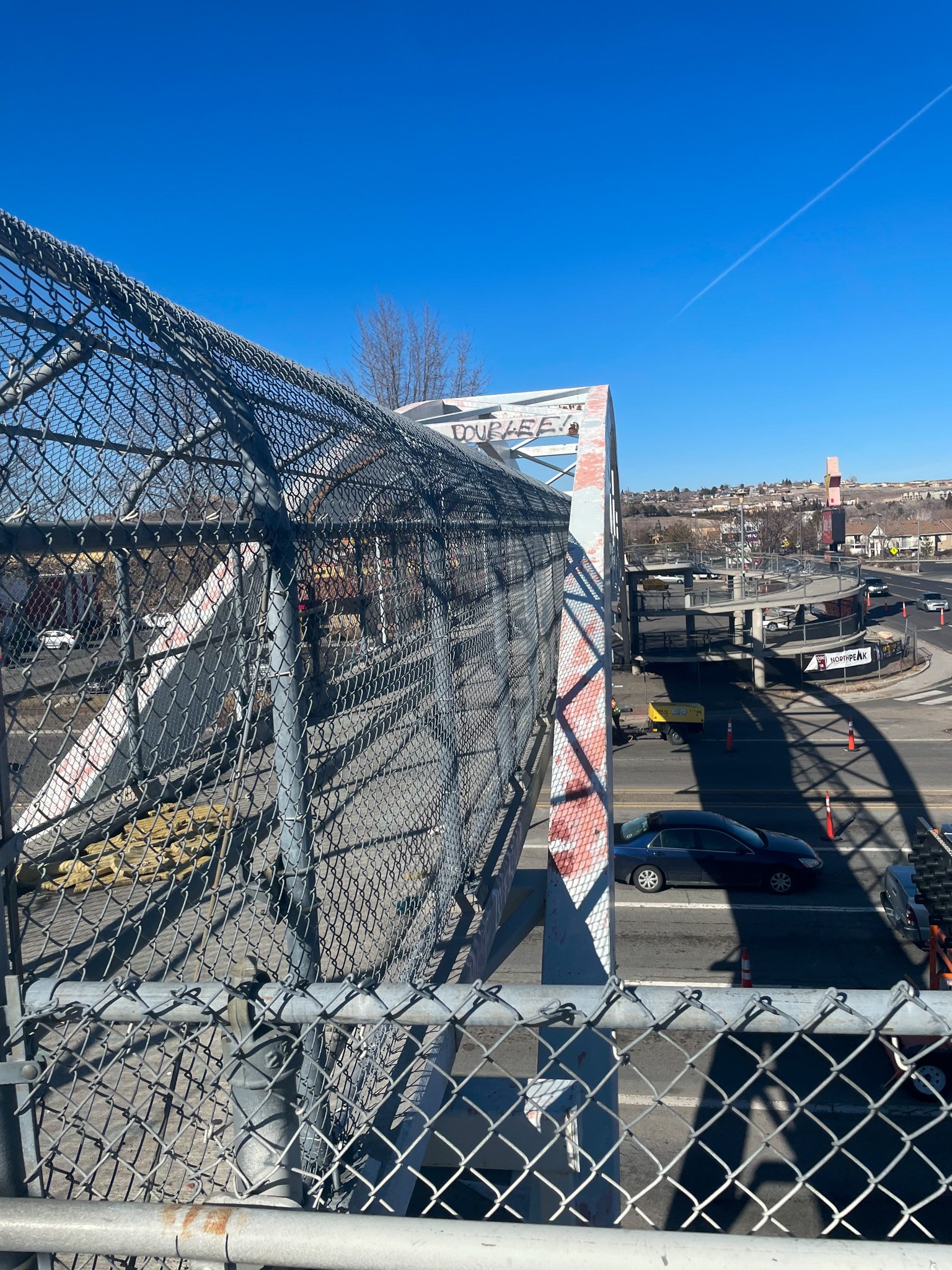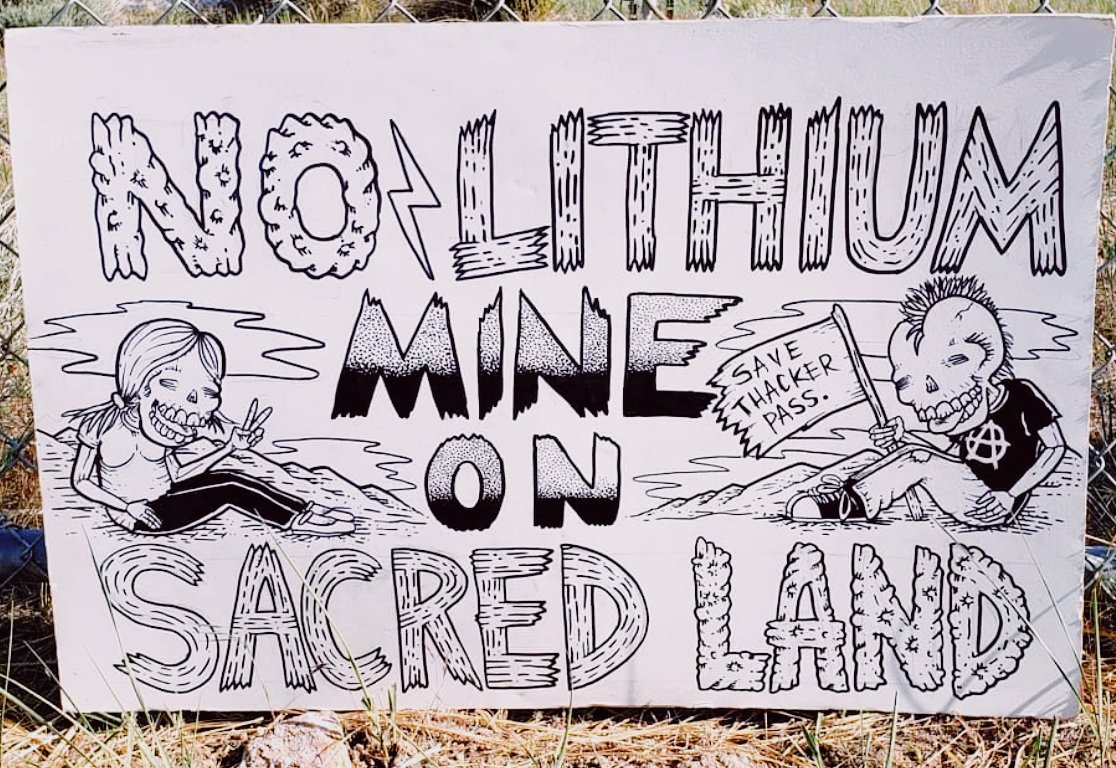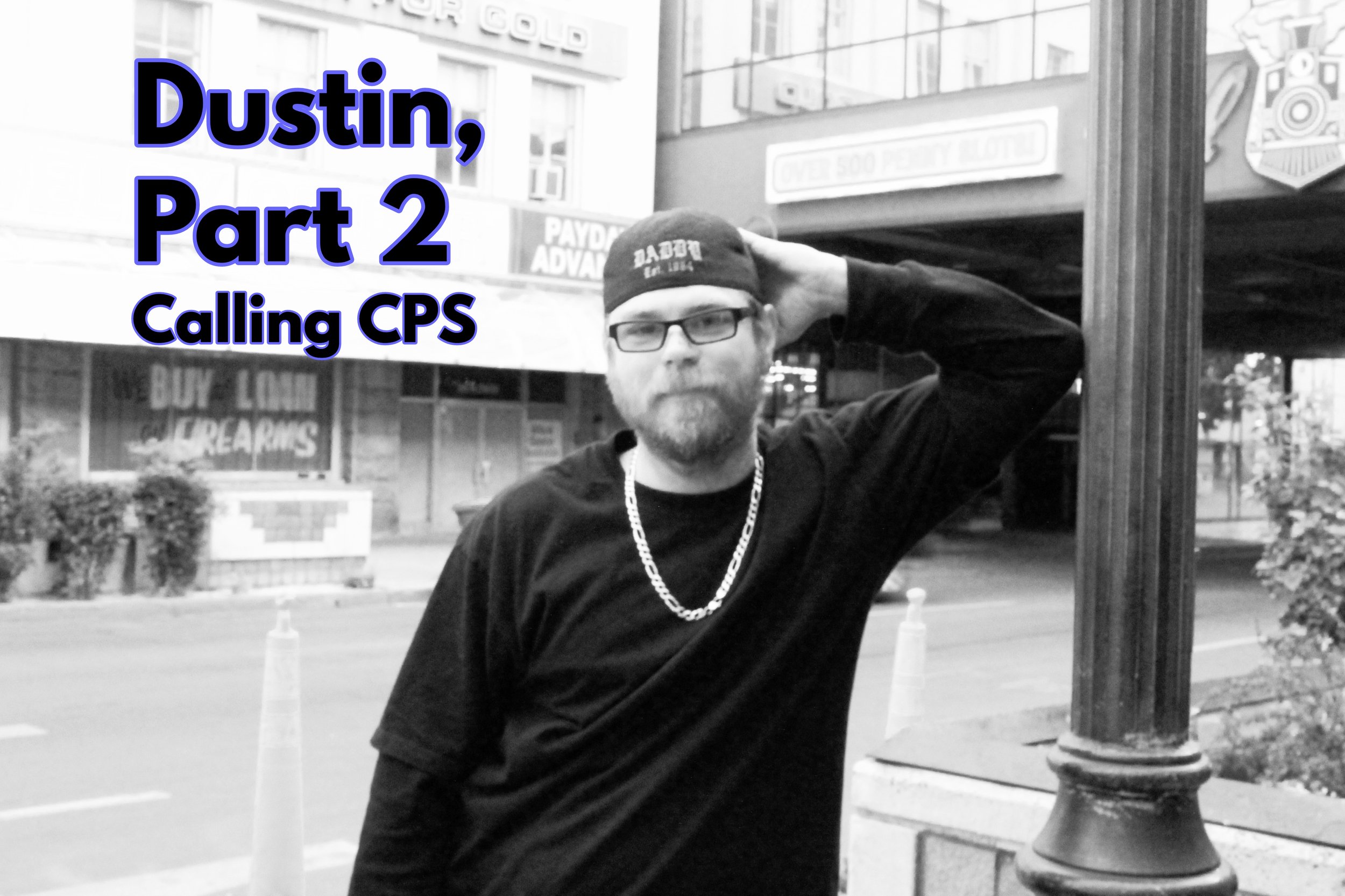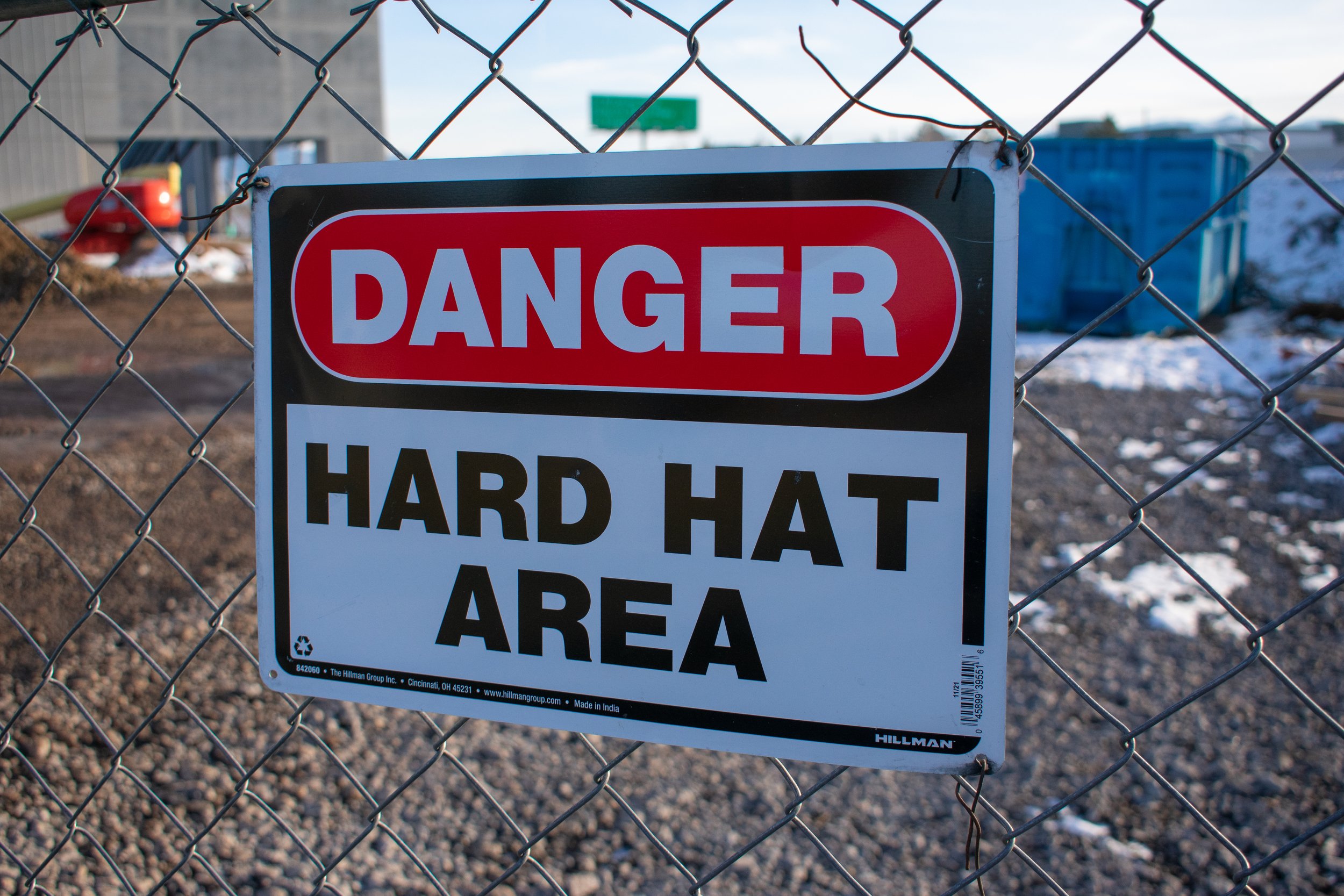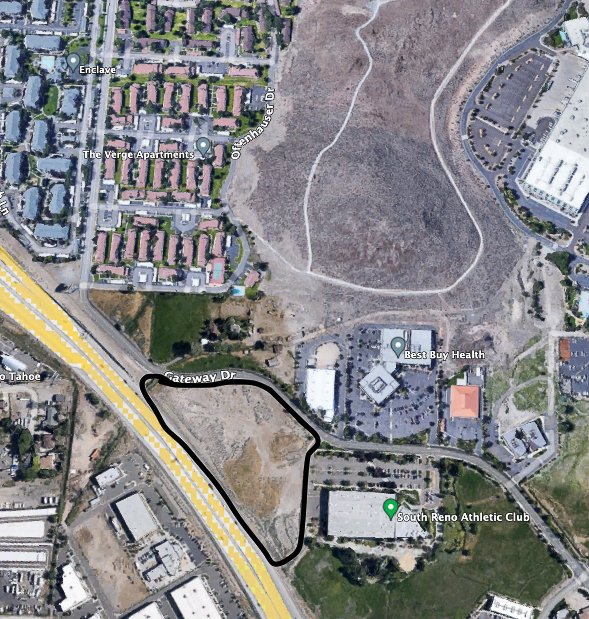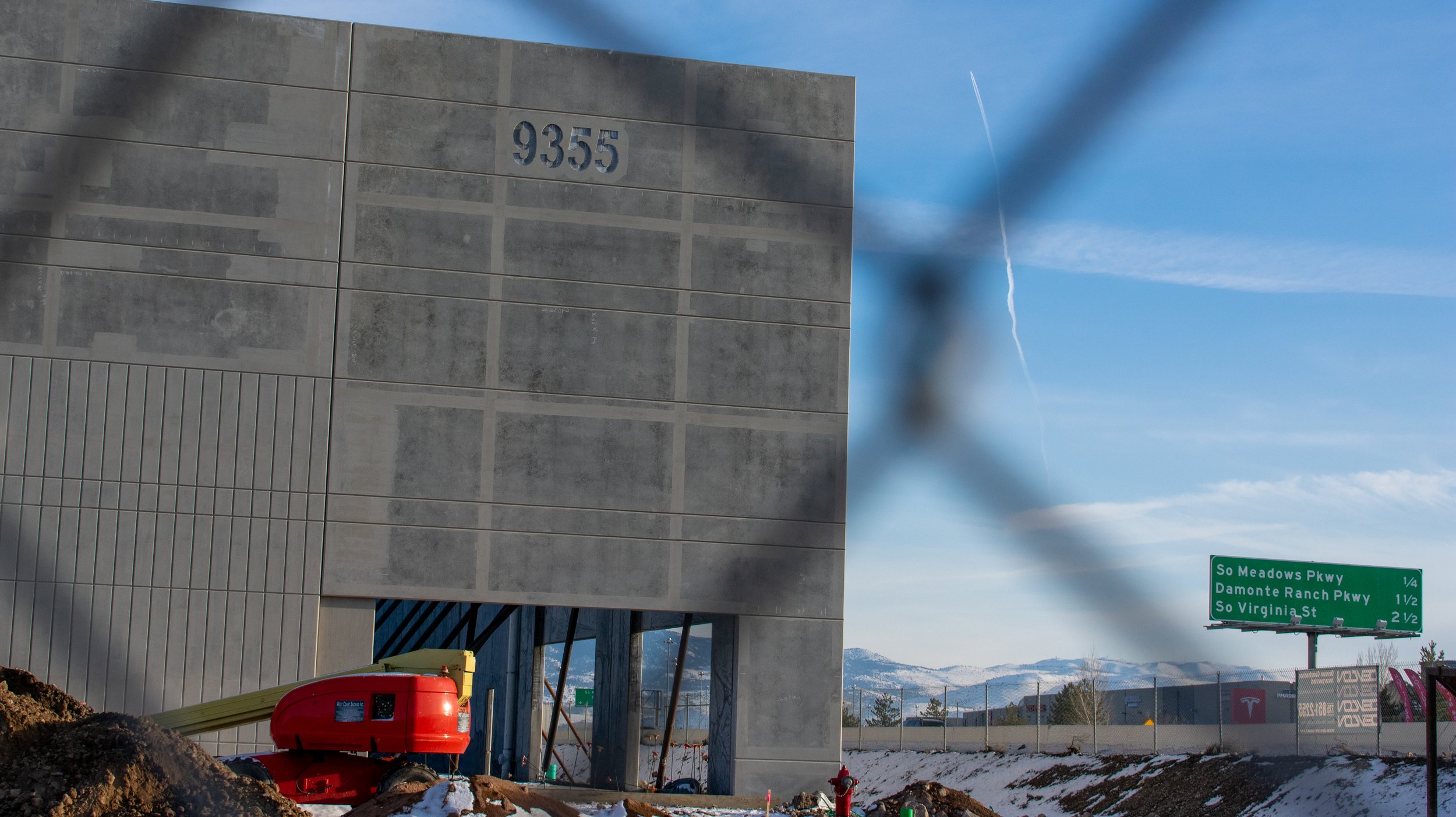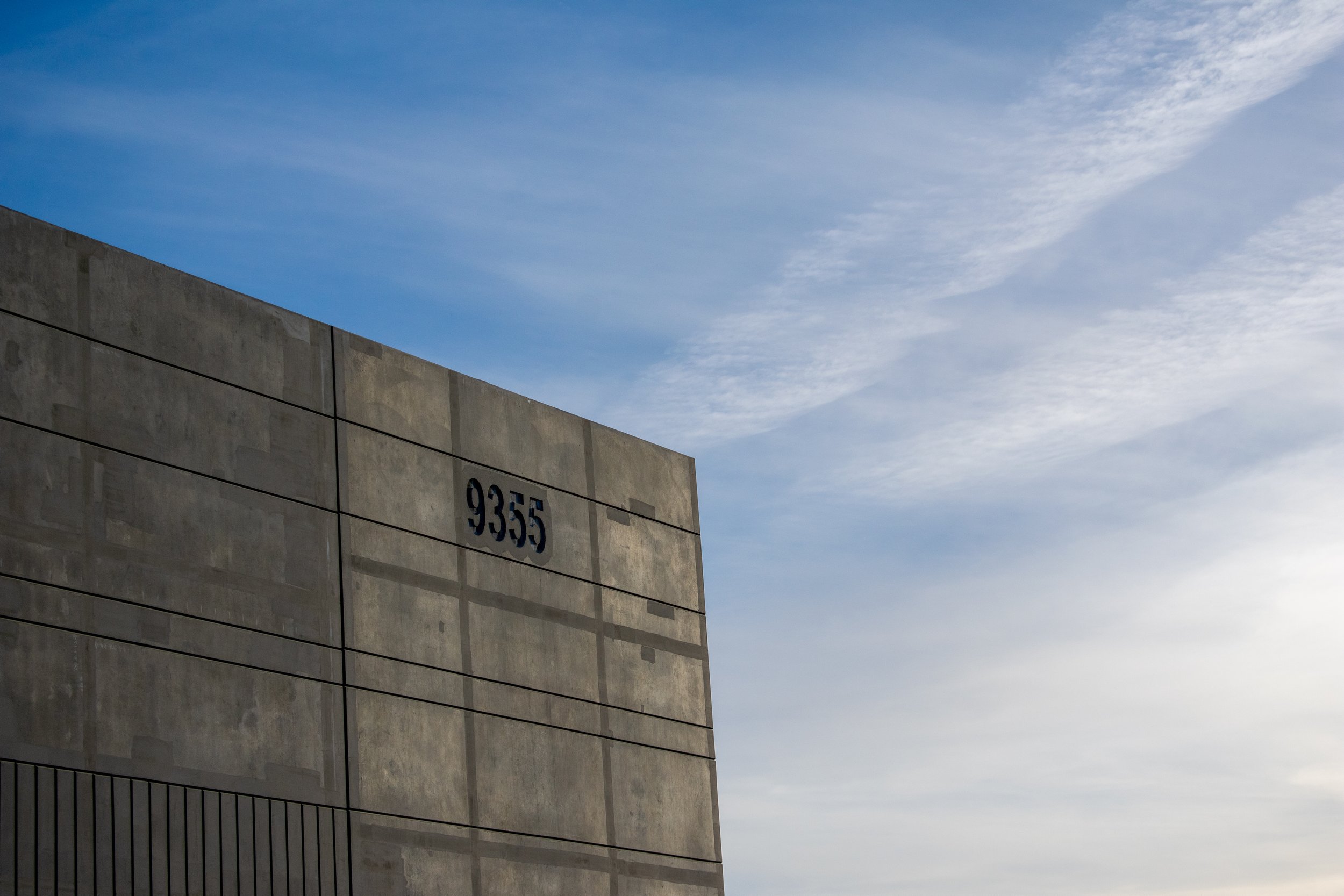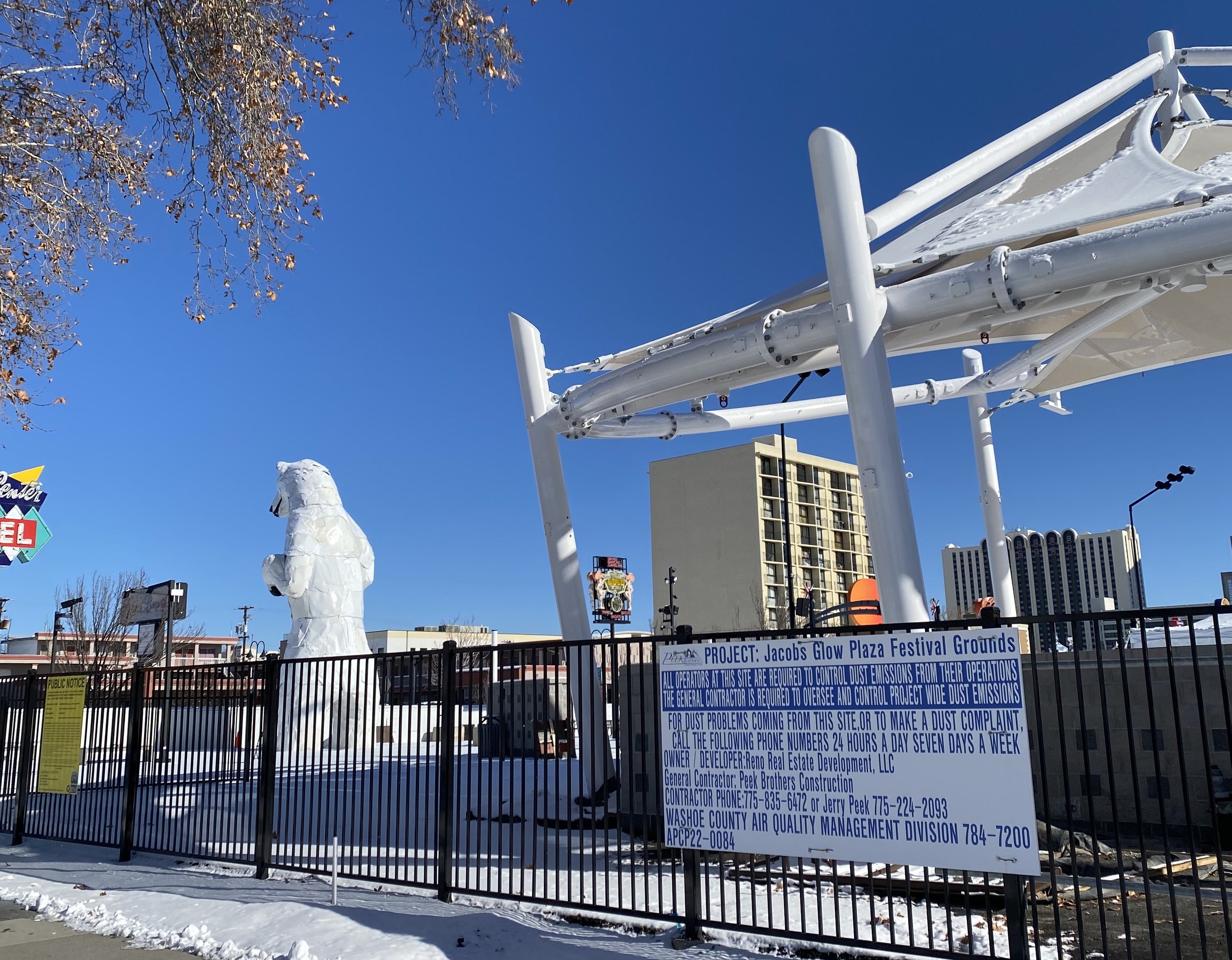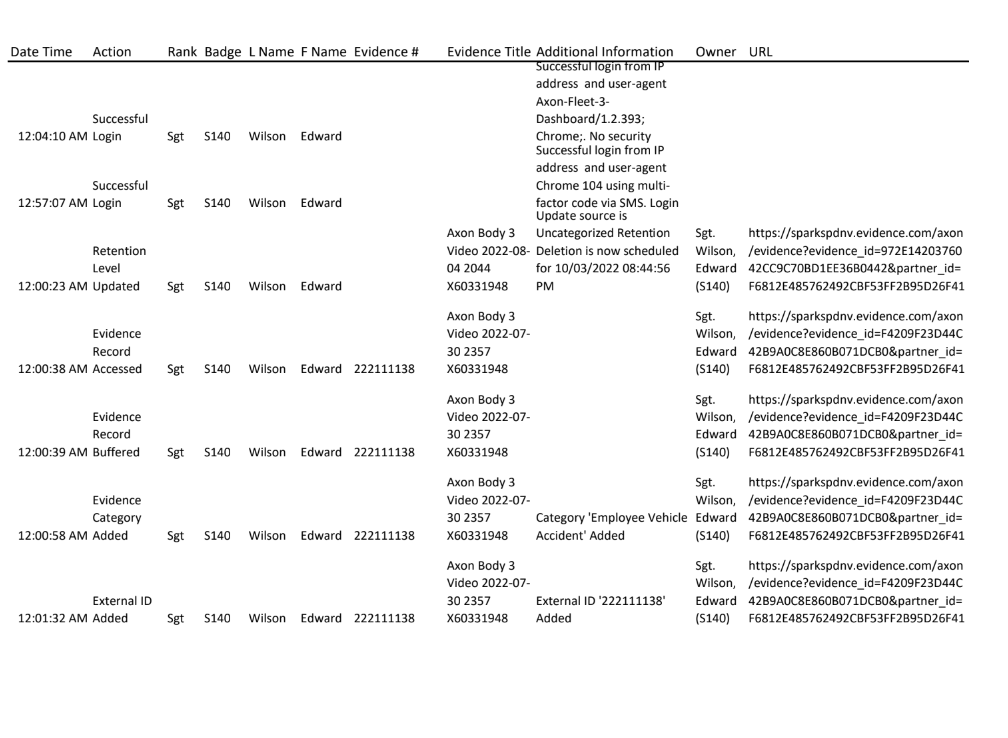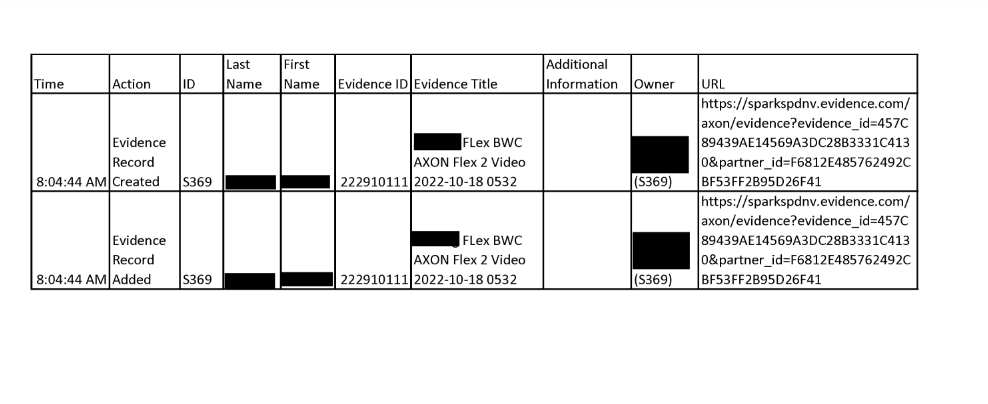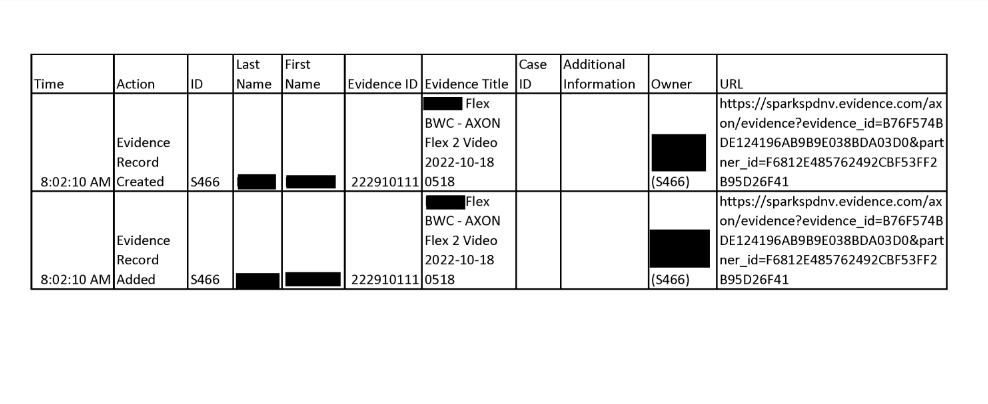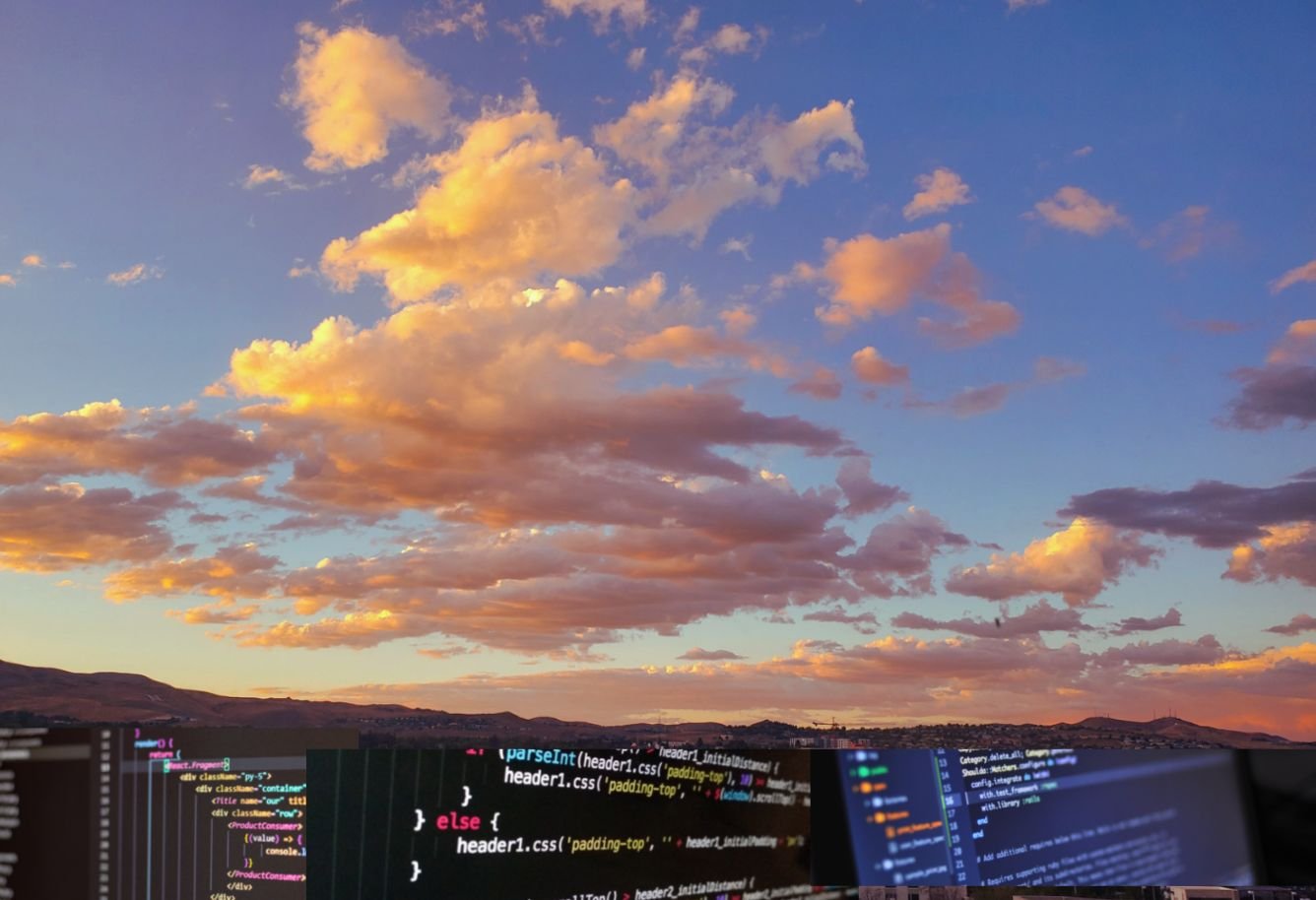“My name is Dustin. I’m from Reno, Nevada.
Me and my wife have been going through some things.
So a few years back, my wife, three years ago, my wife was actually held hostage in her own house by her old man with her three babies, well, with several babies. She had five at the time in the home.
He beat her with a 12-gauge shotgun in front of the kids. And then he tried to shoot her in the head and he put the shotgun through her hair and it hit the wall. And he thought it was her head because he was drunk. And so he pulled the trigger and so it went ahead and it burnt the back of my wife's head and it blew a two foot hole in the wall.
This is how some of us are raised, you know what I'm saying?
When my wife's mom died when she was younger, she had no family and she comes from Michigan, from Flint, Michigan.
So she was on the streets at 14, homeless with nothing, bro. And the state left her with nothing, for dead. So she got whatever she could to go with survivor's benefits and she made her way over here to Reno and obviously we all grew up in a certain way of life on whatever side of the tracks we grew up on. She wound up in this relationship that she was in, so on and so forth. And so when the cops came to the house, she went ahead and she come outside and everybody in the house is calling her snitch.
She walked outside the front door and she told the cops: ‘Listen, I don't know what you guys are doing here, but I'm sorry, I don't mean to bother you or nothing like that. I'm trying to lay down and put my kids to bed, and you got my dogs out here barking, so if there's nothing I can help you with, right, I'm gonna go back to bed. You guys have a good day.’
After this man beat her … and they left. They came back with negotiators, with a task force, with snipers and everything. The kids managed to get out, she managed to get out and everything else, and they handled everything. My wife did not go to court for this man. Did not press charges on him, did not do anything.
And then, to top it all off, when the cops finally got their hands on my wife and tried to, you know, wrap her with a blanket and put her in a car real quick, to help her get her out the way, they go, so when are women gonna finally learn to stop dating [these type of guys]? So that's the start of all this. He gets two three to sevens.
So she's struggling, trying to do it. I met my wife shortly after that.
When I met her, she was getting ready to lose her apartment. It was during Covid and she had her kids, she asked her sister-in-law, which is her ex's sister, to go ahead and please watch the kids for, you know, maybe a week or two, right? And she would go ahead and she would take care of whatever, just to make sure that the kids were taken care of because she didn't want to put the kids through any more trauma and put them on the streets. Her sister-in-law takes the kids, right? And she gives her sister-in-law $2,800, all of her food stamps, for three kids and herself, tells her sister-in-law, come over to the house, get whatever you need to make sure the kids are comfortable.
And her sister-in-law's boyfriend says, ‘Listen, whatever we take, we're not bringing back.’ They took her standup freezer in the house, all the food out of the house, every bed in that house, every toy in that house, everything, anything that meant anything to those kids that was from their mom, that lady took away from those children. That lady alienated my wife from her kids for two years. My wife didn't get no part of that at all. She tried to call CPS. They wouldn't do anything … So she goes to the judge and files for emergency custody because it was child neglect because the kids were not getting treated and taken care of probably.
So one thing leads to another and all of a sudden we get a phone call from my wife's brother stating that he's trying to figure out who this lady is that's trying to sell these kids. So we get a phone call from her brother on messenger and he says, ‘Look, I don't know who this lady is. I don't know what she's talking about, but she's trying to sell your kids or get 'em away.’ And he lives all the way over in Michigan. And my wife goes, ‘Maybe you can try to get the kids so I can get 'em from you, or whatever we can do. Try to work it out, try to figure it out to where, I mean, whatever I gotta do…’
Cause the kids is basically where my wife is at. So one thing leads to another, one thing leads to another.
The lady finally goes ahead and contacts my wife on the phone and she says, ‘so, yeah, I mean, I don't have a problem with giving you back your kids or whatever, but here's the whole deal. I was told that you were on drugs and, and you were homeless and you had nothing going for you or whatever.’ My wife goes, ‘Look, you alienated me from my kids for two years. I ended up getting high. I didn't have anything to live for. So I went downhill.’
The only thing me and my wife had at the time was each other. That was it. We lived in the back of my Navigator for 11 months because we threw everything that we had away. We both went downhill together. It was a downhill spiral.
This lady goes ahead and she's like, ‘Look, let's go ahead and try to figure this out to try to start you some reunification or get the kids to, you know, kind of gradually go into the situation.’
Well then all of a sudden she, my wife says, ‘Well, maybe they could stay the night cause everything's going good, right?’ So the kids go ahead and stay the night. And now we're staying at a hotel downtown right here. So the kids stay the night. The next morning the lady goes ahead and says, ‘Well look, how about I just bring over some things? So she goes ahead and brings over a box, maybe four foot tall. And I mean, maybe it's the size of a small refrigerator. And it has everything that the kids own in it. Everything. When the kids showed up their hair was past their neck, their toes were growing out of their shoes.
So me and my wife, we're going through it right now. Things are getting rough, the kids and everything else, because of everything they went through, right?
The kids are just a wreck. Her daughter has scoliosis, they're getting ready to go ahead and move her brain because it's sitting on her brain stem too heavy. And so it's causing her problems where she can't hear and she can't see. And she's eight years old. She gets made fun of in school, everything.
My wife, right now she has seizures, now she has PTSD. She is afraid to go outside. She doesn't like the way she looks. She has no self-esteem whatsoever. And every time she manages to get it all together, something else shoots it down.
And then, at the motel her son would light the bathroom on fire. We'd go to sleep and we'd wake up in the room, and it would be full of smoke. The smoke alarm would just start going off and we'd wake up. What the hell's going on?
Well, we're going through this whole thing and I'm like, ‘Dude, I can't, I can't live like this. We gotta do something.’ But these are my wife's kids, so I'm not gonna go ahead and tell her, ‘Listen, you gotta get rid of 'em.’ So I go ahead and I tell her, ‘Look, I'm gonna go and do the right thing. I'm gonna go ahead and go, but I'm gonna pay for everything. I'll pay your way. I'll take care of you. I'll do whatever I can can to help knowing that I don't even have a job right now either.’”
Part 2 of this interview coming up will be about seeking help from Child Protective Services and what Dustin thinks about that ordeal.
As told to Brad Vincent for Our Town Reno


